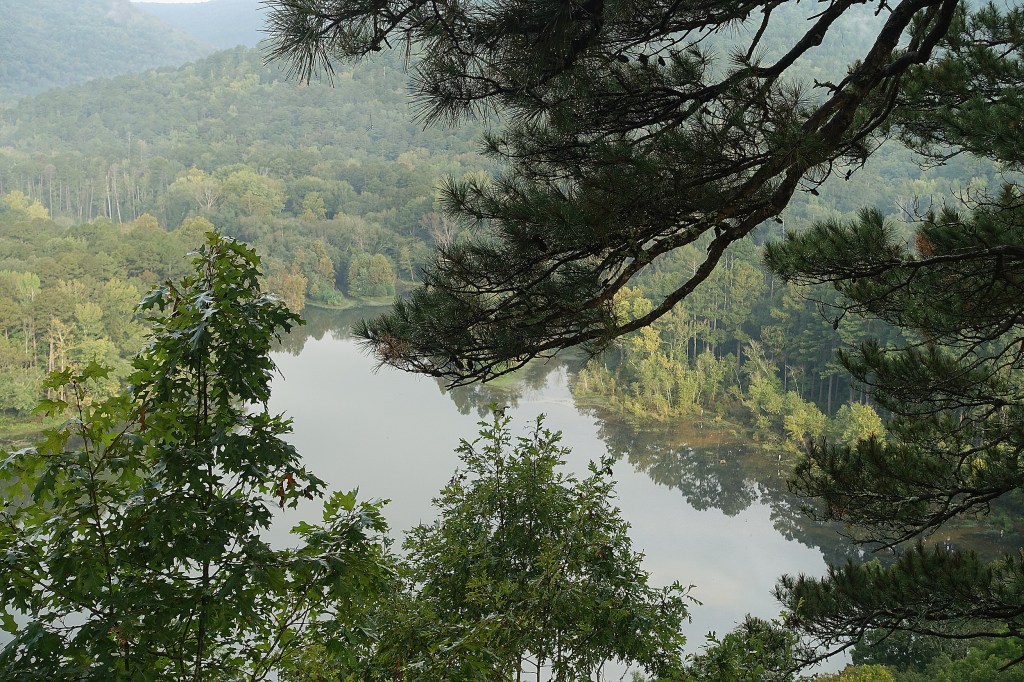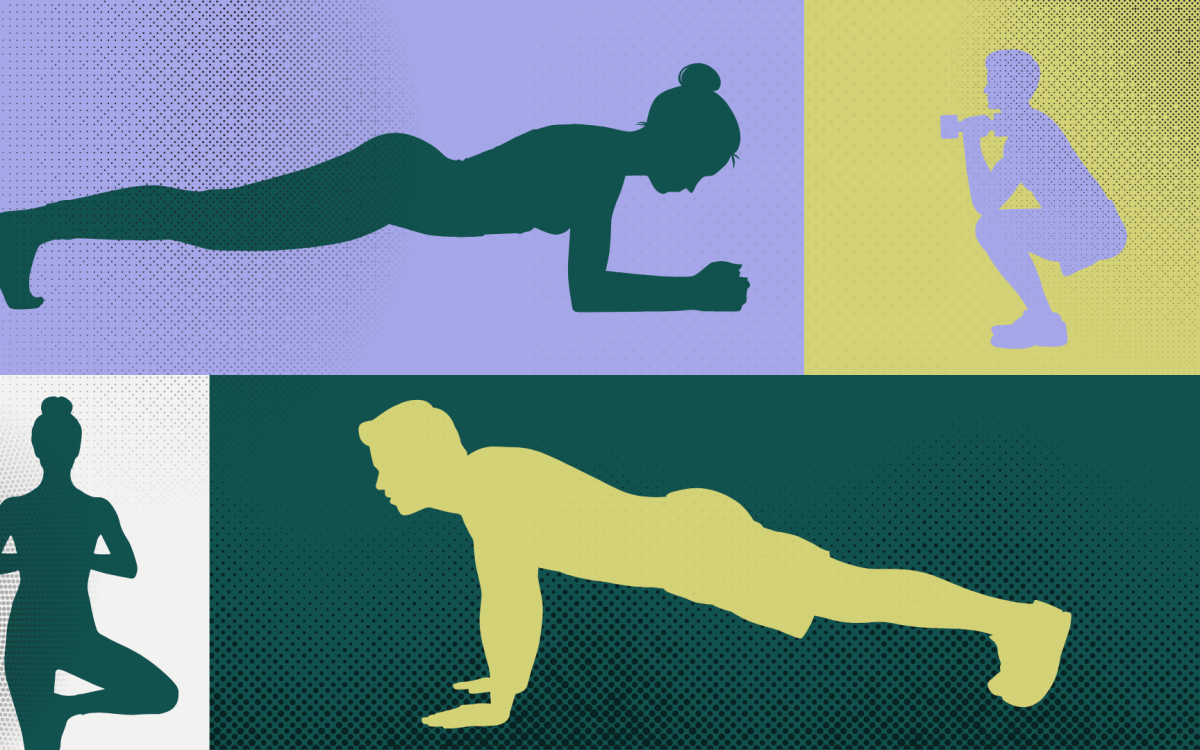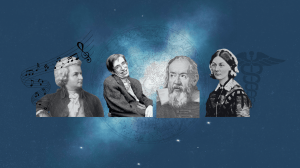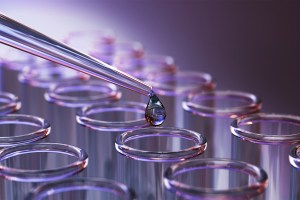Science & Tech
-
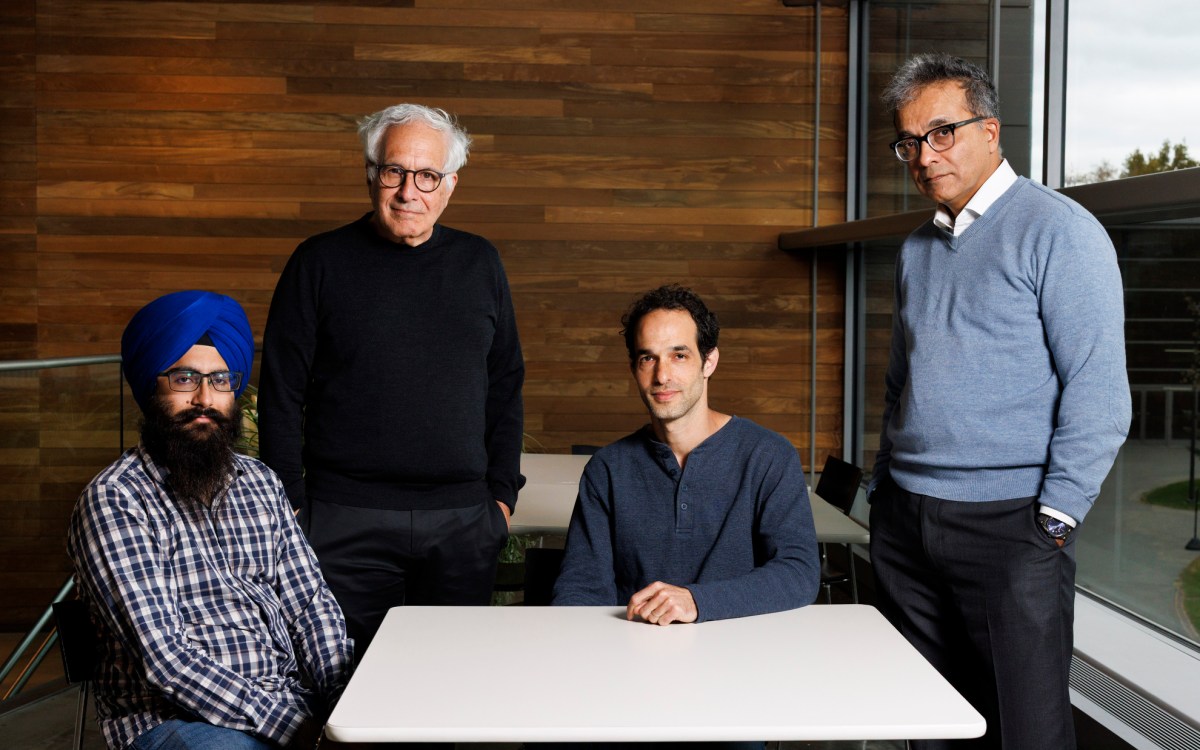
Want to speed brain research? It’s all in how you look at it.
New AI-enhanced scanning method promises to boost quest for high-resolution mapping
-

-
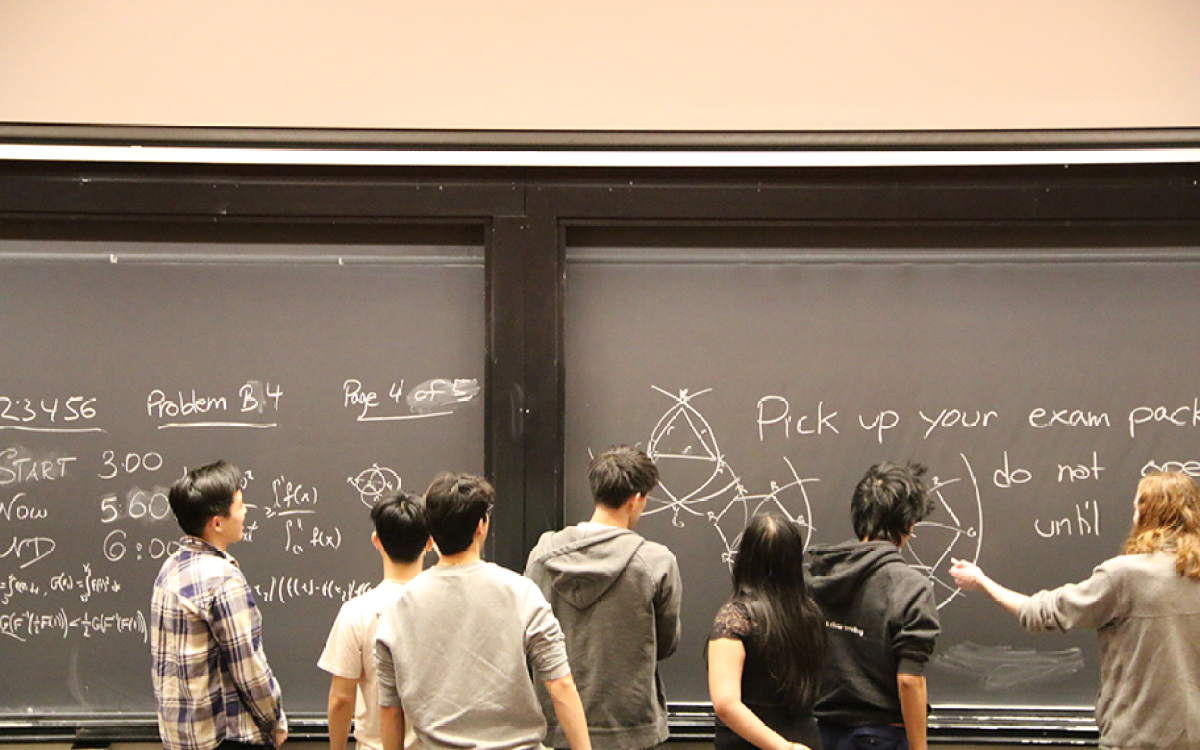
‘It just feels good when you solve the hard problems’
Why do students volunteer to take this notoriously difficult math exam? For the fun of it.
-

Stopping the next pandemic
Disease surveillance network faced ‘existential cliff’ despite proven success. Then came the $100 million.
-

Rethinking — and reframing — superintelligence
Microsoft researcher says separating AI from people makes systems dangerous and unproductive
-

First, male gets heated up, then female, and then, you know
Study shows infrared radiation from plants serves as invitation to pollinating insects
-
And now, land may be sinking
A new study, which used everything from tide gauges to GPS data to paint the most accurate picture ever of sea-level rise along the East Coast of the U.S., is suggesting that in addition to rising seas, communities along the coast may also have to contend with the land sinking.

-
Solving colibactin’s code
In an effort to understand how colibactin, a compound produced by certain strains of E. coli, may be connected to the development of colorectal cancer, Harvard researchers are exploring how the compound damages DNA to produce DNA adducts.
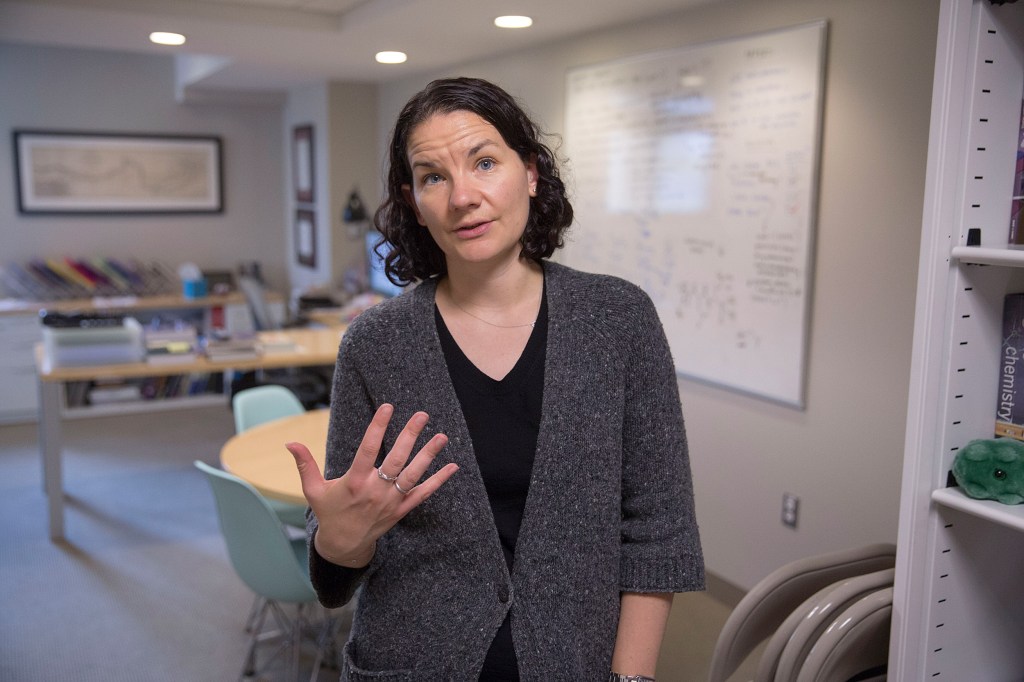
-
Think different, act more
Hal Harvey, the CEO of Energy Innovation, a San Francisco–based energy and environmental policy firm, encouraged an audience at Harvard to get involved in about innovative ways to address climate change.
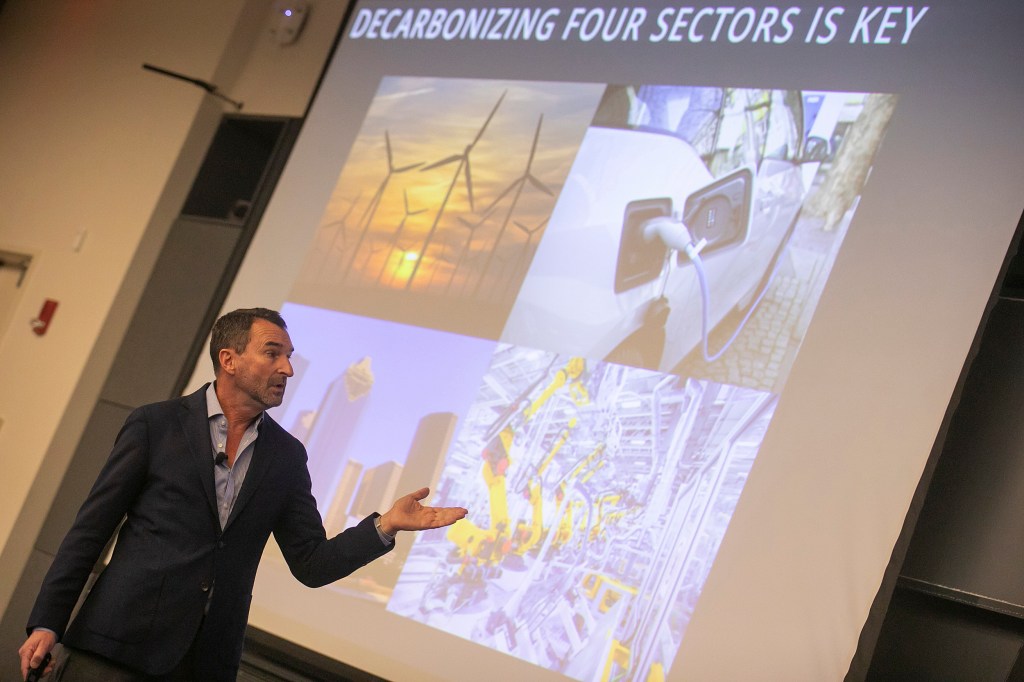
-
More than a courier
Now research suggests that a nerve cells’ axons may be making decisions on their own, challenging the dogma that the nucleus and cell body are the control centers of the neuron.

-
Termites shape and are shaped by their mounds
Researchers investigate how centimeter-sized termites, without architects, engineers or foremen, can build complex, long-standing, meter-sized structures all over the world.
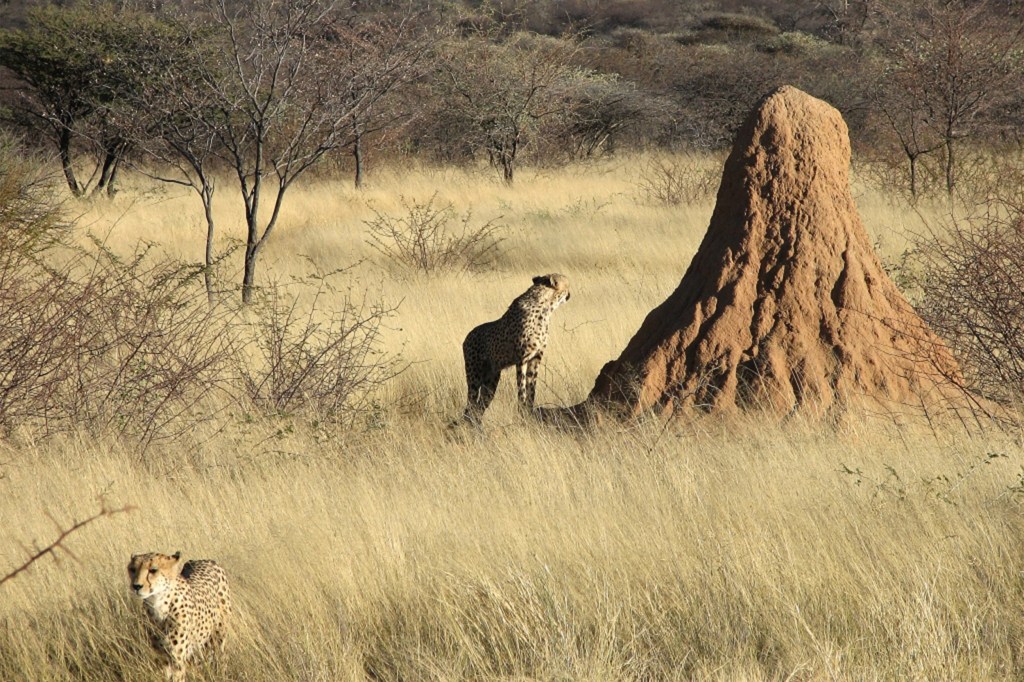
-
Rapid evolution, illustrated
A study in which mice were released into outdoor enclosures to track how light- and dark-colored specimens survived confirms that mice survive better in similarly colored habitats, providing insights into evolution.
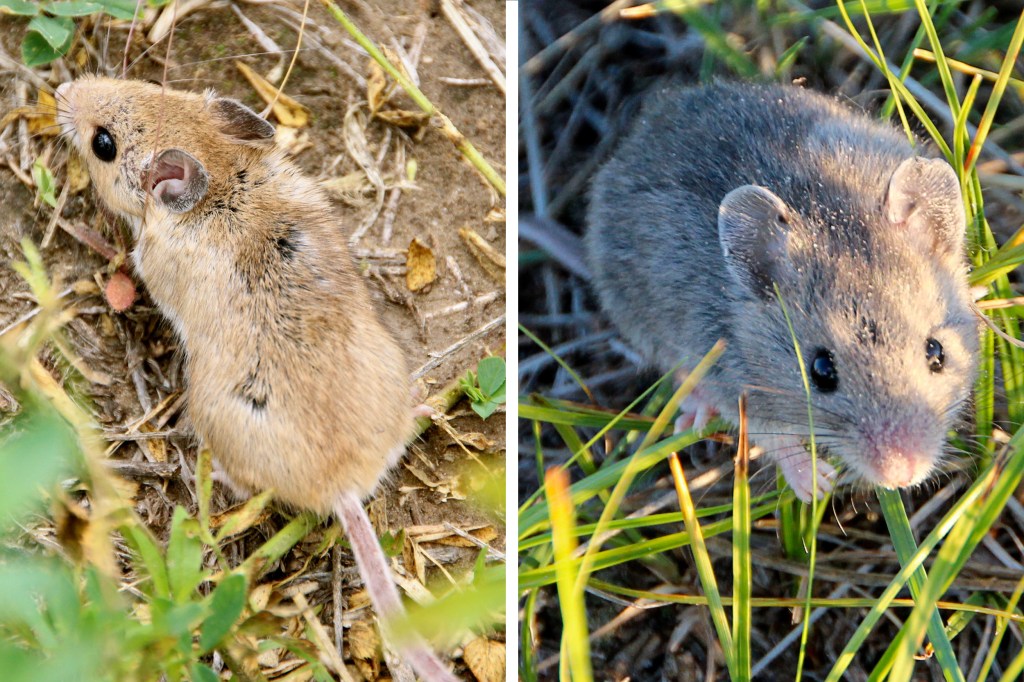
-
Microbial manufacturing
Emily Balskus and a team of researchers untangled how soil bacteria are able to manufacture streptozotocin, an antibiotic and anti-cancer compound.
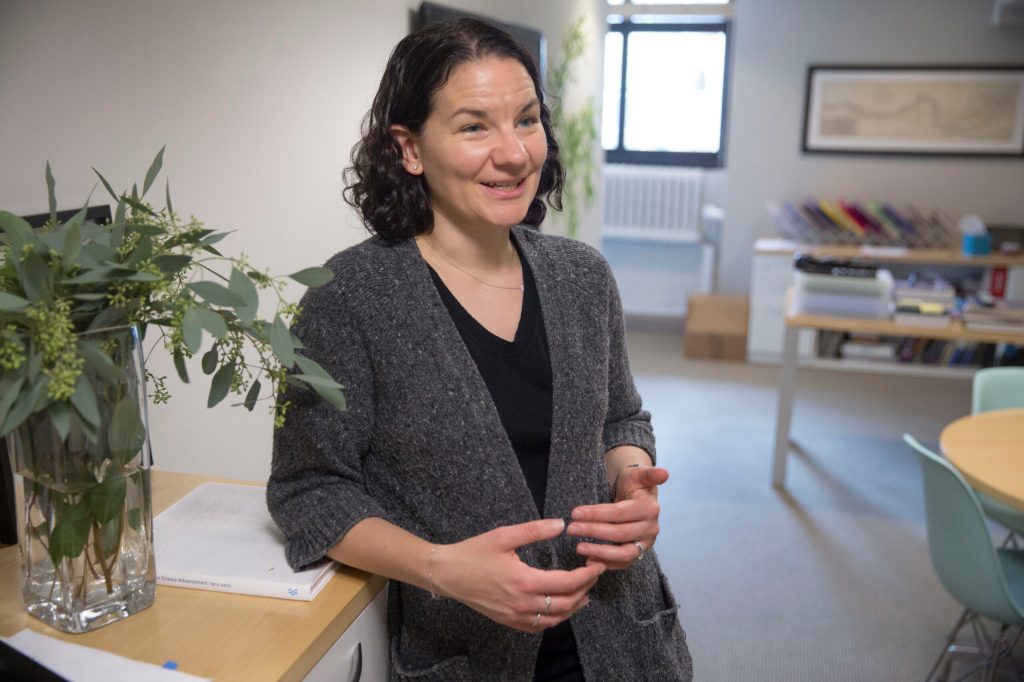
-
Twins in space
To understand the strain that space flight places on the body, NASA-affiliated researcher Brinda Rana has been examining the molecular changes in the twin astronauts Scott and Mark Kelly for five years.

-
When science is unreliable
For her research into the reproducibility crisis, Radcliffe fellow Nicole C. Nelson is conducting oral histories with scientists and assembling a database of academic and news articles.
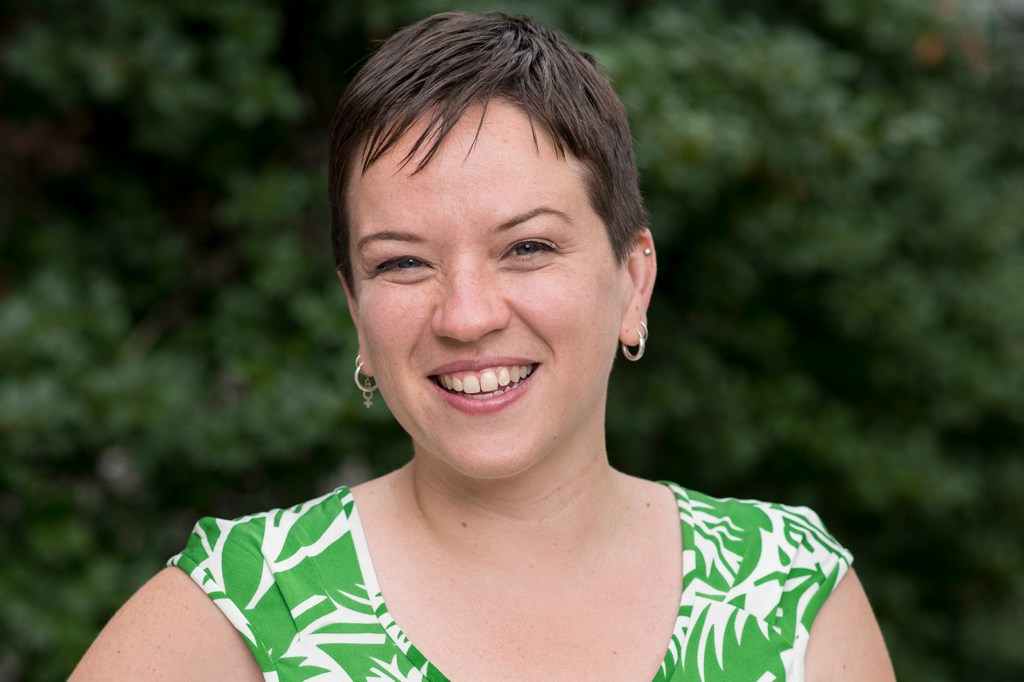
-
Looking at lunglessness
A recent study shows that a gene that produces surfactant protein c — a key protein for lung function — is expressed in the skin and mouths of lungless salamanders, suggesting it also plays an important role for cutaneous respiration.

-
To tackle climate change, share burden — and benefits
Steps to limit climate change require not only scientific advances but social and policy changes that spread the benefits of alternative energy sources, professor Daniel M. Kammen said in Radcliffe lecture.
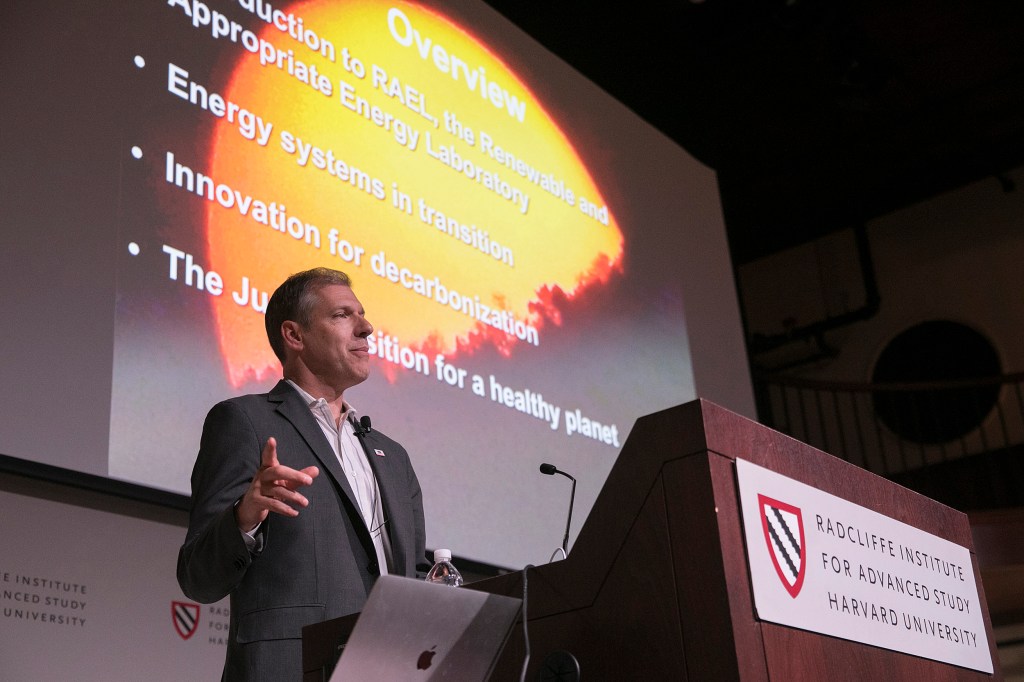
-
How violence pointed to virtue
Richard Wrangham’s new book examines the strange relationship between good and evil.

-
Embedding ethics in computer science curriculum
Computer science students examine issues such as privacy, censorship, and fake news in courses co-designed by philosophy professors as Harvard works to embed ethics in the curriculum, creating a national model.

-
Radcliffe scholar tracks squirrels in search of memory gains
Radcliffe Fellow Lucia Jacobs hopes to gain insights on human memory from her work with squirrels.

-
Clues of heart disease found in 16th-century mummies
CT scans reveal evidence of atherosclerosis in 16th-century mummies from Greenland. The mummies were of particular interest due to their diet, which relied on fish — commonly touted as a heart-healthy diet.
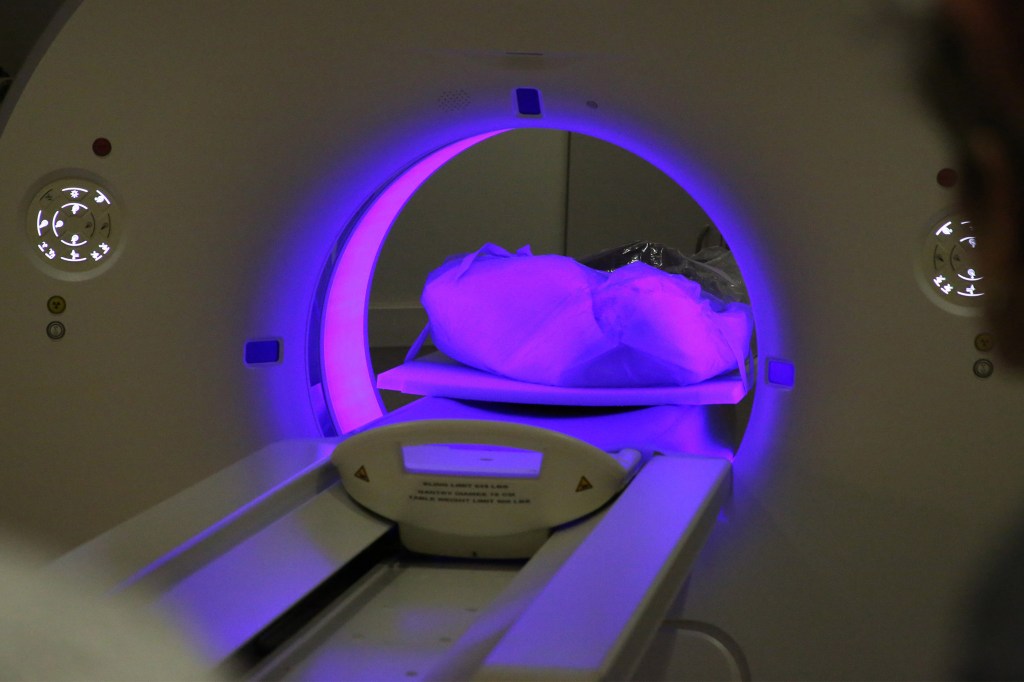
-
Science at the speed of ‘light-sheet’
Combining two recently developed technologies — expansion microscopy and lattice light-sheet microscopy — researchers have developed a method that yields high-resolution visualizations of large volumes of brain tissue, at speeds roughly 1,000 times faster than other methods.

-
Workshops explore data and computational science
Two Harvard events on data and computational science showcase the breadth of data experts and help meet the demand for training in the field.

-
A growing role as a living lab
Harvard’s Arnold Arboretum is a critical destination for researchers such as Andrew Groover, who finds every species he needs within its 281 acres.

-
Perspectives on gene editing
Harvard researchers, others share their views on key issues in the field
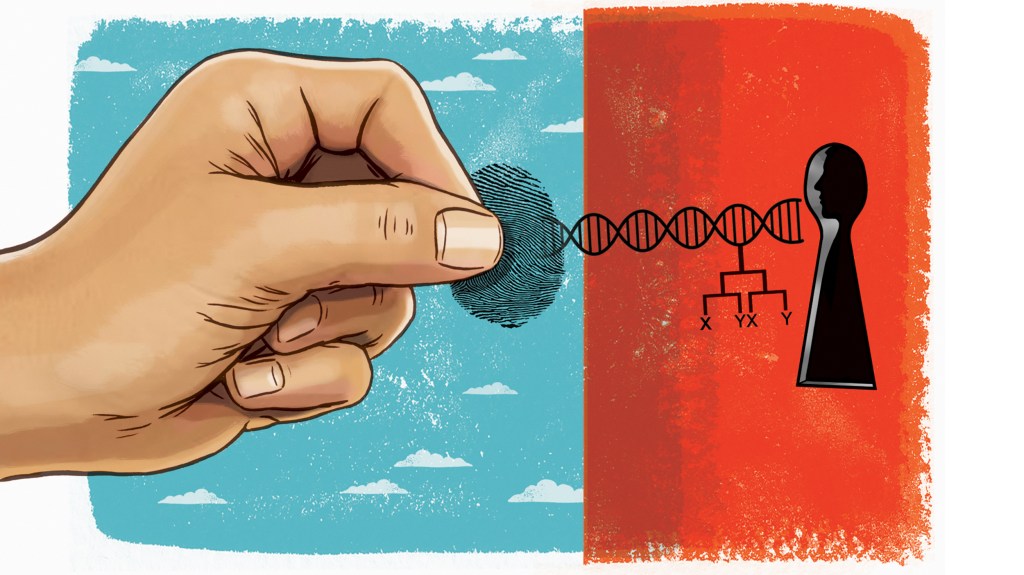
-
Stepping inside a dead star
An astronomical team uses detailed data to create a virtual reality experience of being inside an exploded star.
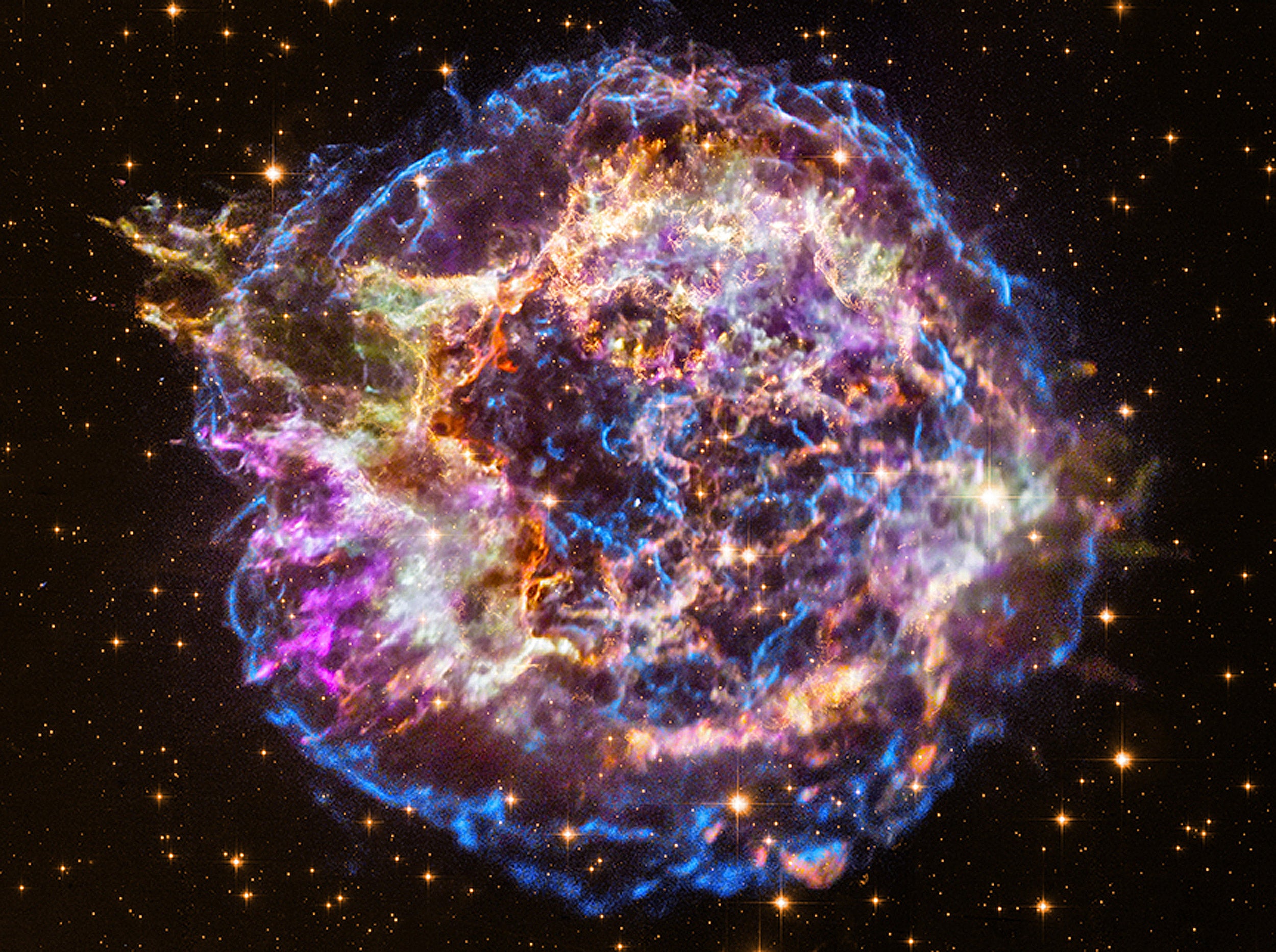
-
Robots with sticky feet can go where humans can’t
Researchers have created a micro-robot whose electroadhesive foot pads allow it to climb on vertical and upside-down conductive surfaces, such as the inside walls of a jet engine. Groups of micro-robots could one day be used to inspect complicated machinery and detect safety issues sooner, while reducing maintenance costs.
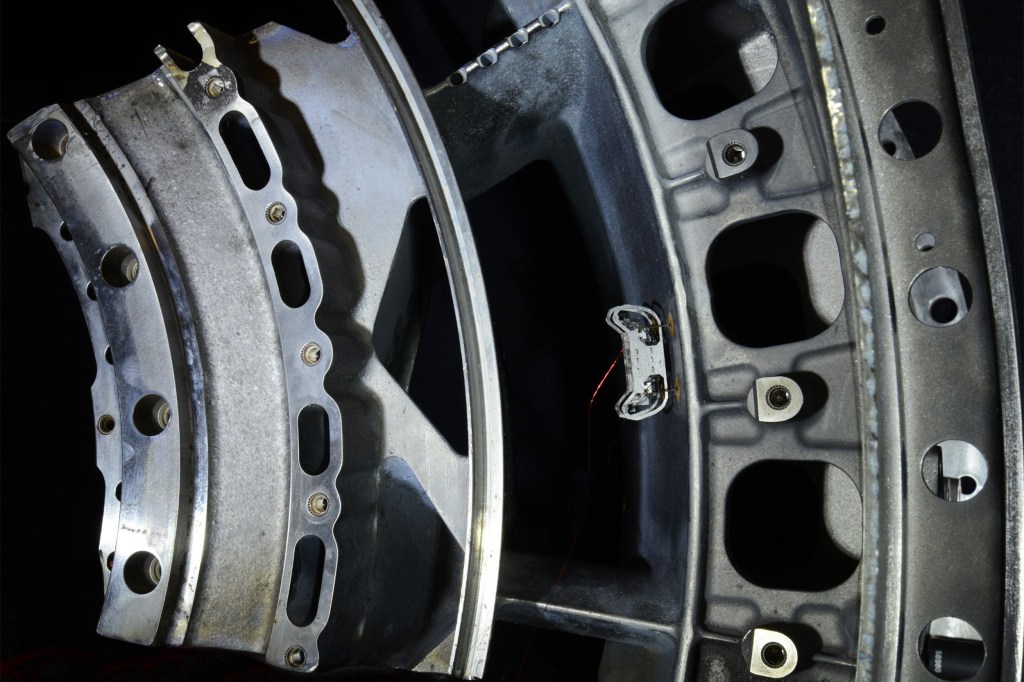
-
Size a concern when replacing heart valves
Getting the perfect-size artificial heart valve without ever actually looking at the patient’s heart was a challenge … until now. Researchers at the Wyss at Harvard University have created a 3-D printing workflow that allows cardiologists to evaluate how different valve sizes will interact with each patient’s unique anatomy

-
Life, with another ingredient
In a paper published in PNAS, Jack W. Szostak, professor of chemistry and chemical biology at Harvard, along with graduate student Seohyun (Chris) Kim, suggest that RNA could have started with a different set of nucleotide bases. In place of guanine, RNA could have relied on a surrogate, inosine.

-
Replacing hard parts in soft robots
Harvard scientists have created a soft valve that could replace “hard” valves and lead to the creation of entirely soft robots. The valve’s structure can also be used to produce unique, oscillatory behavior.

-
Reading teeth
By examining the teeth of Neanderthal infants, a team of researchers was able to glean insight into nursing and weaning behavior as well as winter and summer cycles. The study even found evidence that the Neanderthals had been exposed to lead — the earliest such exposure ever recorded in any human ancestor.

-
How mammals grew diverse
Using a detailed, musculoskeletal model of an echidna forelimb, Harvard scientists are not only shedding light on how the little-studied echidna’s forelimbs work, but also opening a window into understanding how extinct mammals might have used those limbs.
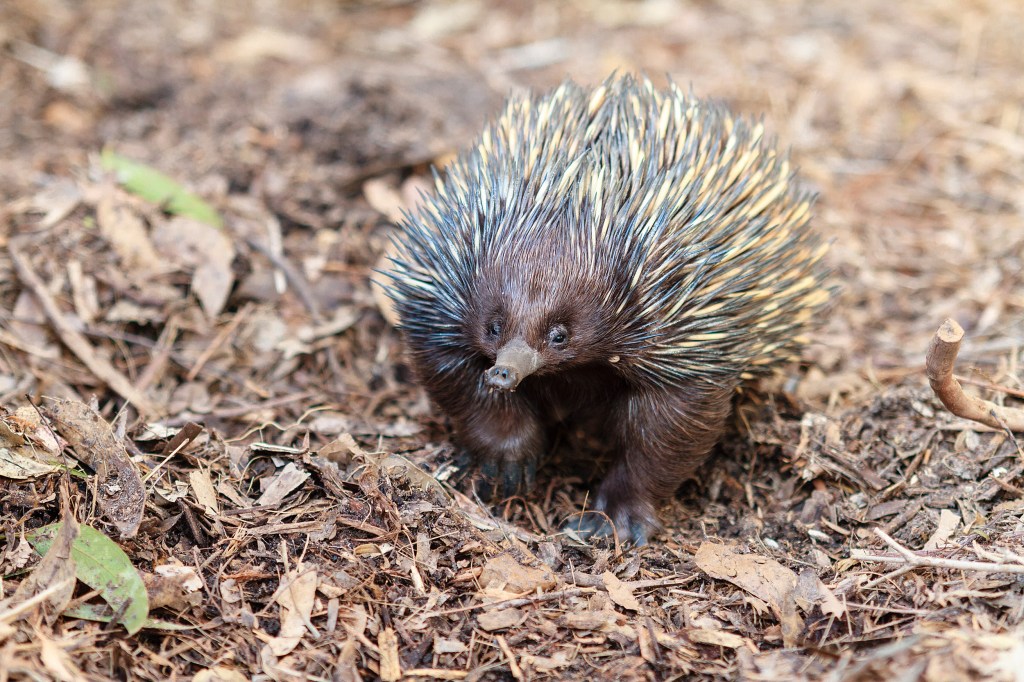
-
Shining a light on quantum bits
A Ph.D. student working in the lab of Professor Mikhail Lukin, co-director of the Quantum Science and Engineering Initiative, has demonstrated a method for engineering an interaction between two qubits using photons.

-
Picturing early Mars
Professor Robin Wordsworth explains why the just-announced landing site for the 2020 Mars rover mission has a lot to offer SEAS researchers.
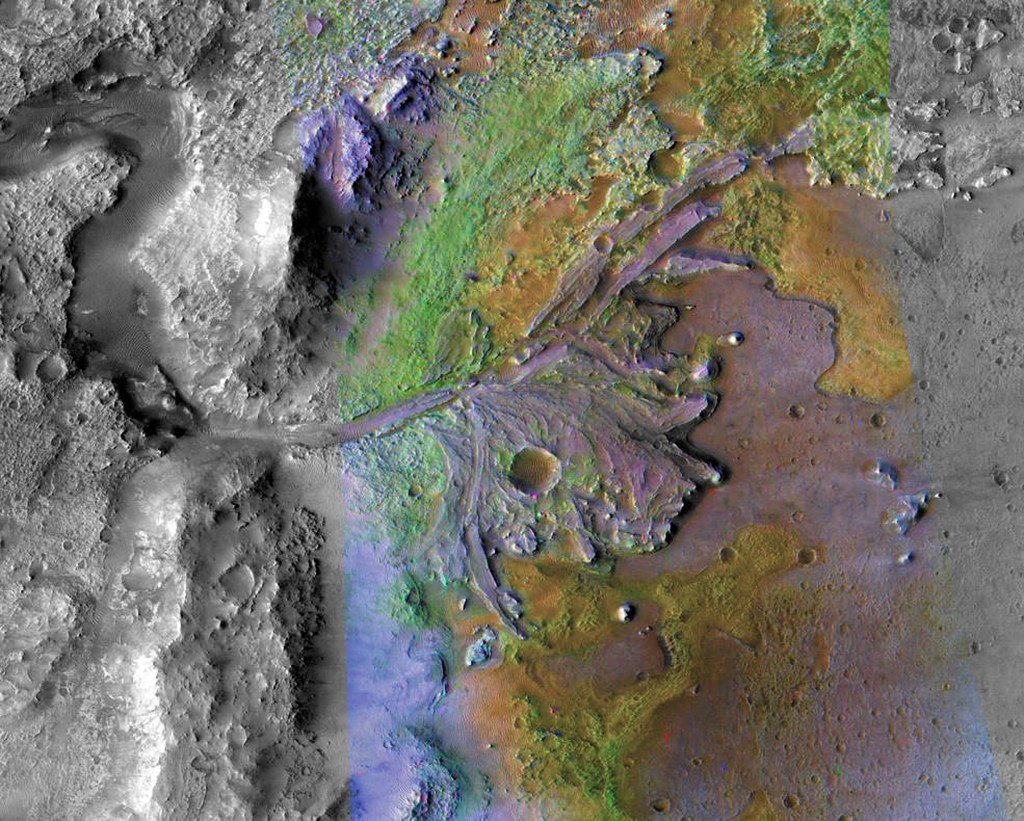
-
Yeasts get a boost from solar power
Harvard researchers have started to combine bacteria with semiconductor technology that, similar to solar panels on a roof, harvests energy from light and, when coupled to the microbes’ surface, boosts their biosynthetic potential.

-
Cultivating a wider role for women scientists
A tiny seed has already changed the careers of the Arnold Arboretum’s Tiffany Enzenbacher and Kea Woodruff, and it may one day bear fruit in an example of flora rescued from extinction— and a growing space for women in science.
